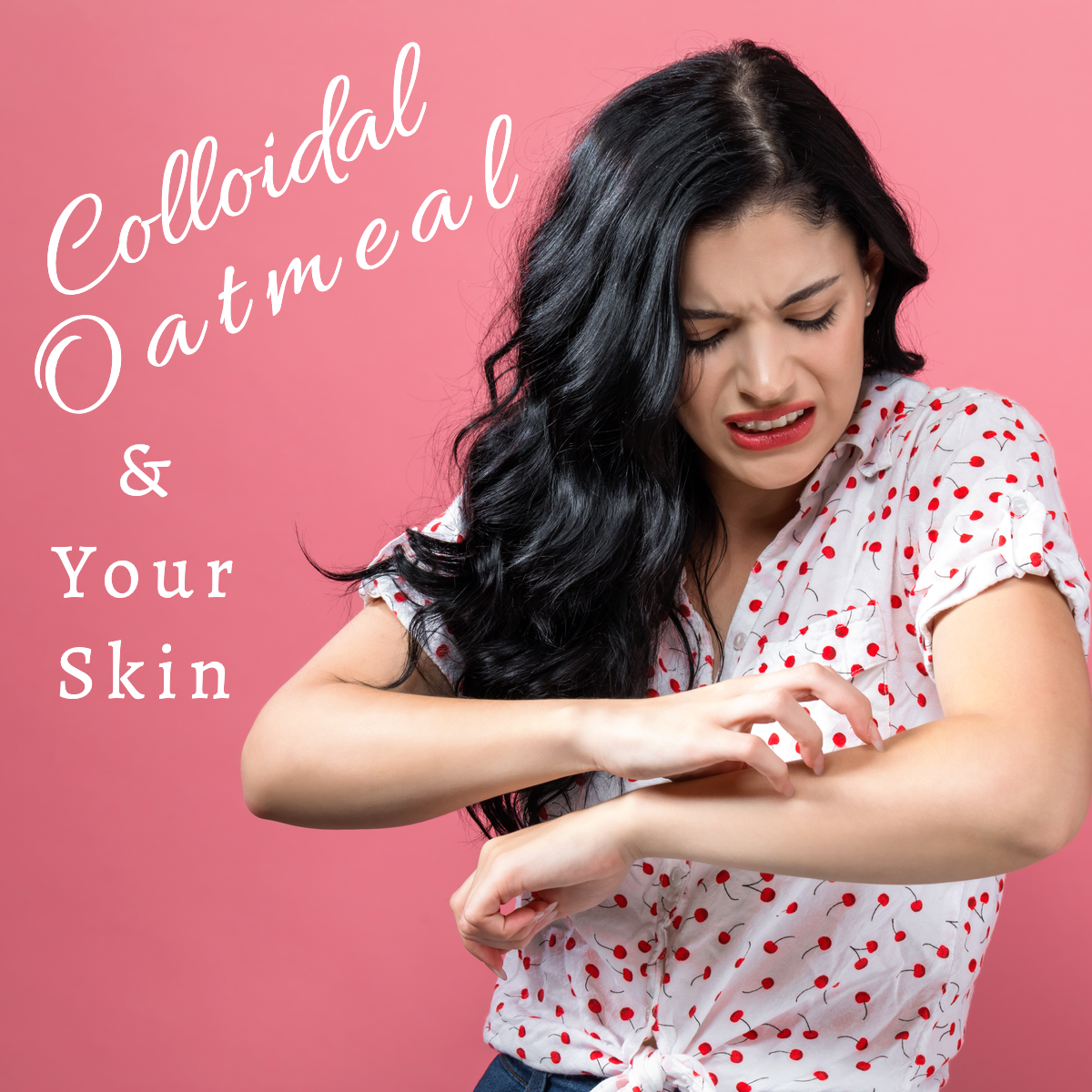
I’ve been battling eyelid problems for the past month. My gut tells me that it’s related to the tape the used on my eyes during my recent surgery. I don’t know this for sure but it feels like a reasonable guess.
In any case, post surgery I started having issues with painful, swollen, cracking eyelids. I tried a moist heated eye mask (see my Manta Mask Review) which helped but didn’t resolve the issue. I tried heavy moisturizers. I tried Vaseline. I couldn’t get it to improve.
I spoke with doctors who threw their hands up and said “go see a dermatologist”. It’s worth noting that i have nothing against dermatologist but it was a several month wait to get into mine so I googled and did my best.
A few weeks later I was asking my hair stylist about ideas for treating George’s neck irritation after a haircut. He mentioned a friend who was taking corticosteriods for a skin reaction similar to eczema. He mentioned in passing that corticosteriods shouldn’t be used on eyelids because they can cause cataracts. Good tip to file away. My stylist’s recommendation to people who have reactions to talcum powder or other topical contact dermatitis related to hair styling is to start with an over the counter cortisone cream.
When I started googling cortisone cream to find something to help George I suddenly tripped into eczema treatments. A whole range of options came up.
It was in this vein that I stumbled on colloidal oatmeal.
What Is Colloidal Oatmeal?
It’s pretty much what you think. It’s pulverized oat bran. This is not quite what you eat for breakfast on a cold winter’s morning. This is the oat with the bran (husk) still on it. The husk has some very specific attributes that are beneficial to our skin.
It’s not just blended – that is, you can’t make this at home in your vitamix. This is pulverized or micronized so it is smaller than any blender can get it – which helps it better treat your skin.
What Does Colloidal Oatmeal Do?
I would have been inclined to dismiss it as “hippy co-op treatment” and figured it was a bit of an old wives tale – but when I started seeing it listed as an active ingredient in both health food store products and major skin care brands like Aveeno, Vaseline, Cetaphil, I thought it was worth a deeper dive.
Come to find out that in 2003, the FDA approved colloidal oatmeal as a “skin protectant”. This means that it officially has to be listed as an active ingredient in a product to be claimed.
Please note that I don’t consider the FDA the end all, be all but I think it lends a legitimacy and “mainstream-ness” for it to be recognized.
So in a nutshell, the properties of colloidal oatmeal basically mimic your skin’s protective barrier. In the case of contact or atopic dermatitis, your skin’s protective barrier isn’t working well. Even if you try to relieve it with regular moisturizers, there is enough damage that your skin can’t get a leg up to repair itself. Colloidal oatmeal also has anti-inflammatory properties that can help soothe your skin and balance your skin’s pH levels.
You may commonly see colloidal oatmeal in formulas for babies. It is gentle and non-irritating to most people – including babies. It wraps your irritated skin a deliciously protective barrier allowing it to heal without fighting the external forces.
How Do You Use Colloidal Oatmeal?
It can come in a lot of different forms. You may find it as a bath additive, a lotion, or a cream. You can also find it in different concentrations. The studies I looked at generally felt that a 1% cream would reduce the symptoms of mild or moderate atopic dermatitis. It was easy to find in 1% but I also found some 2% concentrations. I do not think that more is always more – but I bought both concentrations to try them out.
I started trying the Babo Botanicals Sensitive Baby All Natural Healing Ointment (affiliate link) 1% colloidal oatmeal. This is more like a vaseline gel – thick and a little greasy. I didn’t mind the texture for use at night. It definitely relieved some of the itchiness and dryness, but after a few days of use I wasn’t seeing the vast improvement I hoped for.
I switched gears and started using Babo Botanicals Moisturizing Baby Lotion (affiliate link). This lotion was lighter weight than the ointment and had 2% colloidal oatmeal as well as calendula and oatmilk. When I looked at the pharmacy brands, they often had calendula listed as an ingredient as well. I skipped them only because I didn’t want to use mineral oil on my skin if I could avoid it.
As a side note, mineral oil is the only approved active ingredient to go with colloidal oatmeal. I’m not a hater but I generally prefer things that are more gentle on skin, especially when my skin is being reactive.
I applied a small dab of the lotion to each eyelid a couple of times a day (I wasn’t wearing any makeup during this time). Within a day or two the swelling, itching, dryness and redness was nearly gone! I’ve continued to use it for good measure but I think it’s pretty much resolved at this point.
I’m grateful I didn’t end up needing the intervention of a dermatologist and I’m thrilled to have a nearly full tube of lotion with colloidal oatmeal in my medicine cabinet just in case.
My feeling is, if simple works, then go with simple.
Now I understand the what, why, and how of colloidal oatmeal and I needed to share it with my friends. May you never need it!